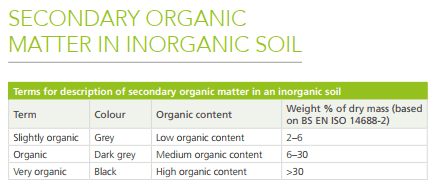learning2geotech
Civil/Environmental
- Apr 4, 2019
- 41
How do you guys use to quantify inclusions such as organics (roots, leaves, branches), debris (brick, concrete, asphalt, metal, trash, etc.)? FHWA guidelines use "with," which does not quantify to paint a picture of the amount of inclusions encountered

